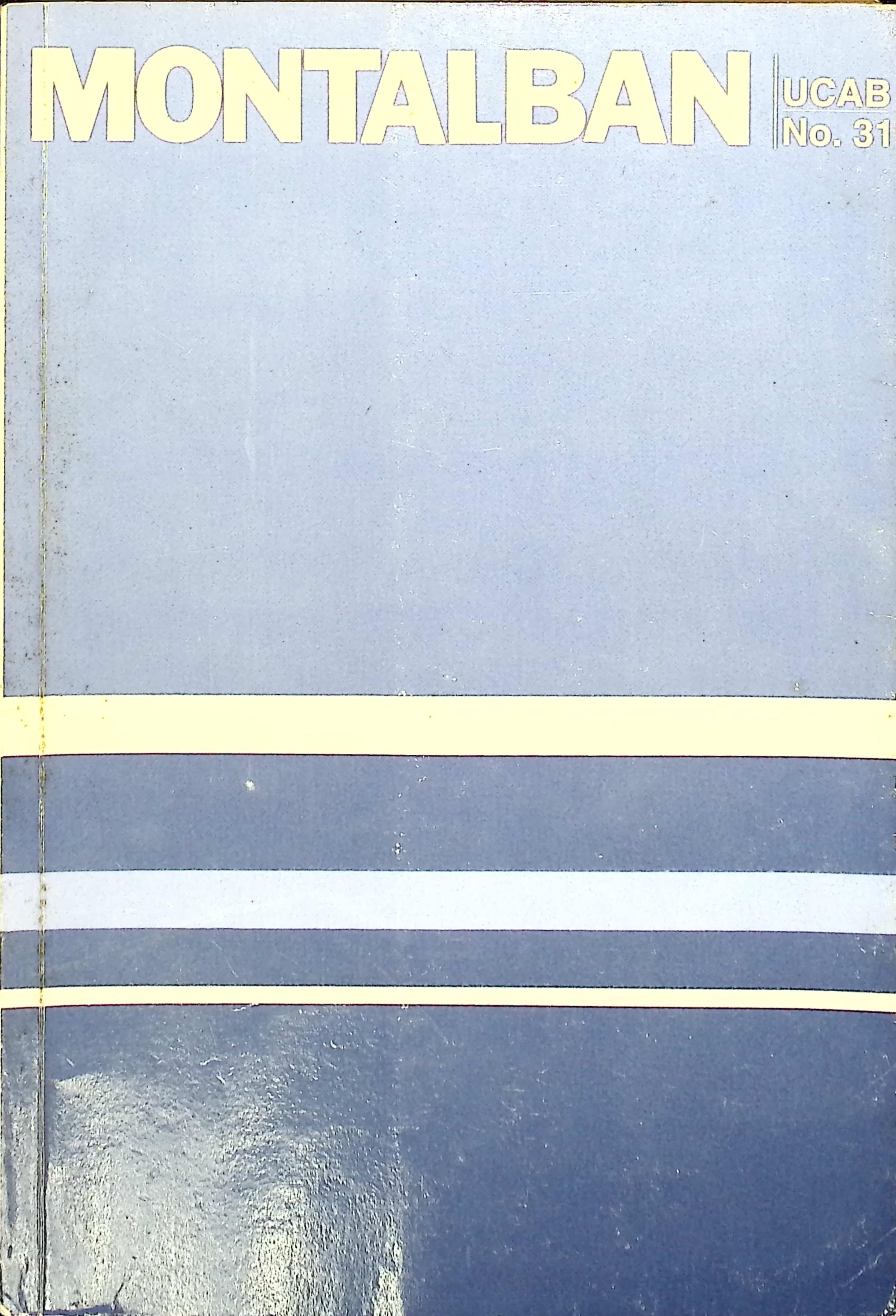El español de los braceros chinos y la problemática del lenguaje bozal
DOI:
https://doi.org/10.62876/rm.v1i31.7009Keywords:
Linguistic, afro-hispanic, braceros chinos, bozal, creoleAbstract
Towards the middle of the 19h century, as the flow of African
slaves diwvindled to a trickle due to the increasing strenght of
European abolitionist movements, Cuban and Peruvian planters
turned to a new source of inexpensive labor: the importation
of Chinese contract laborers. The Chinese laborers worked
alongside black slaves, and leamed Spanish primarily from
their fellow workers, both African-born bozales and Cuban-born criollo slaves. Available documentations on Chinese-Cuban pidgin Spanis indicates that Afro-Cuban and bozal
language formed the foundation upon which many Chinese
built Their knowledge of Spanish, and which was later
solidifed into thestercotypical habla de chino, prominent in
Cuban folklore and literature, memories of which survive 10
this day. The available documentation suggests as least some contributlon of Macao Portuguese creole 10 he 19th century Afro-Hispanic linguistic melting pot, adding further creole
structures to an envirenmont which already contained elements of other Caribbean creole languages.









